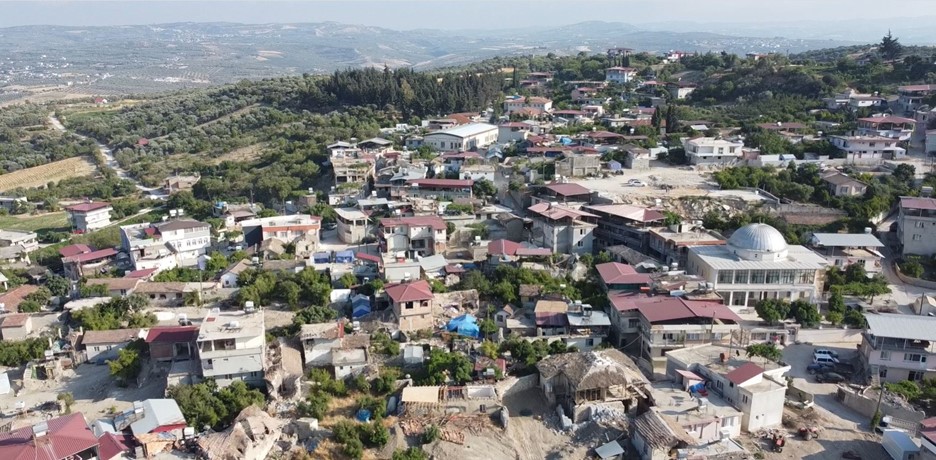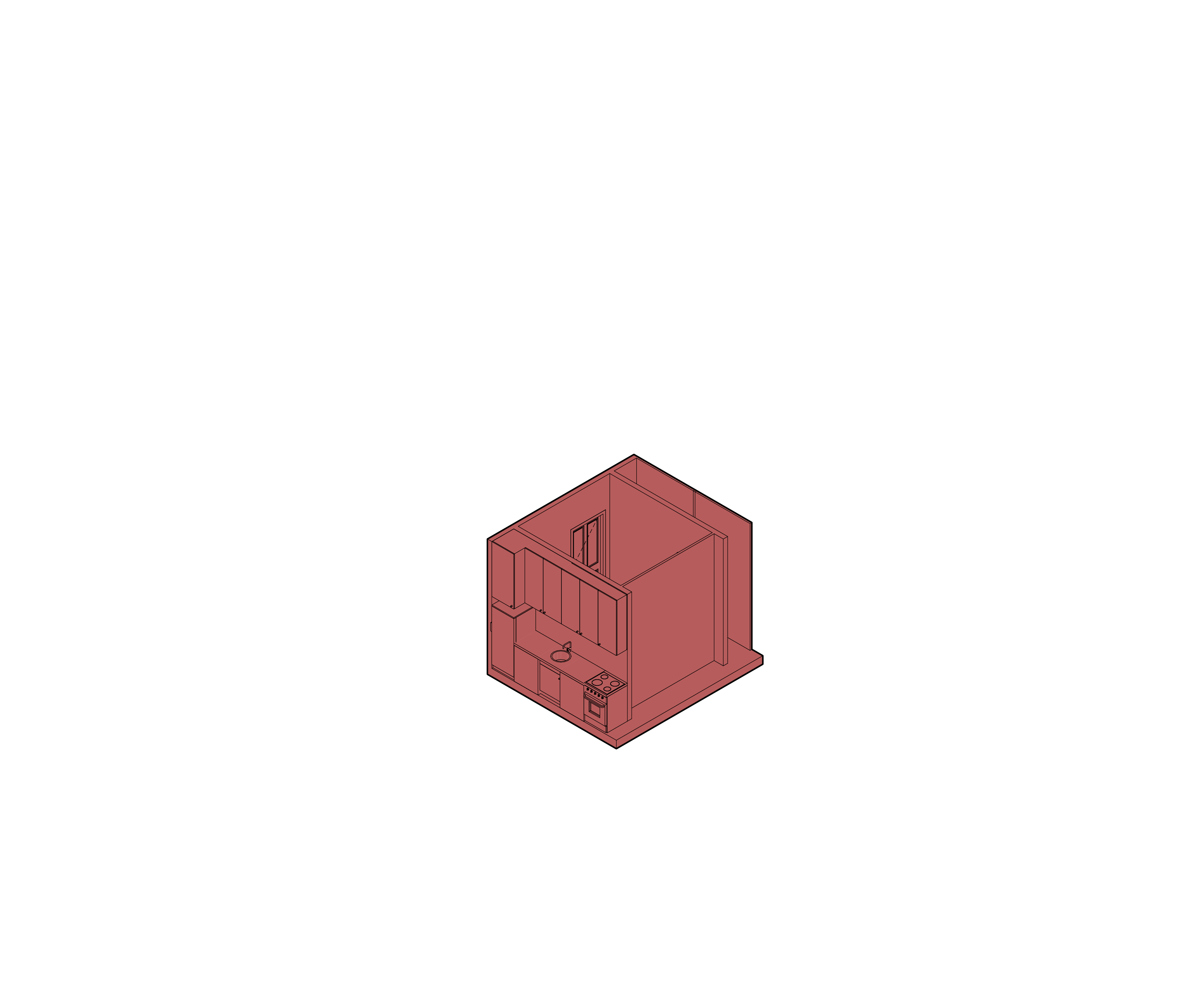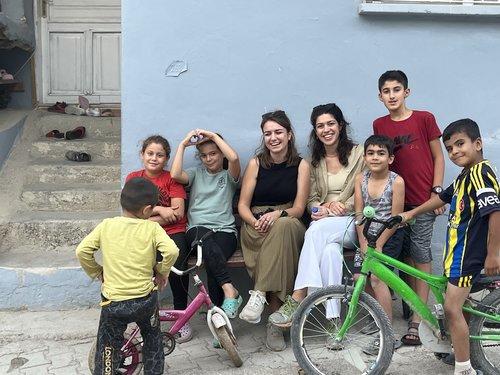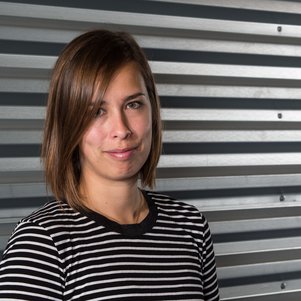TU Delft unveils earthquake-resistant house
On Thursday 23 November, the Architectural Recovery Team, an initiative from the TU Delft, presents the design for an affordable and earthquake-resistant house for those affected by the earthquakes in Turkey. Based on this design, a prototype will be built in a village in Turkey in spring 2024. After that, the design will be put into production to help Turkish residents who have so far failed to find a safe and affordable home.
Nine months after the massive earthquake, many Turkish affected people still do not have a proper long-term solution. These people are still staying in tents, using unsafe buildings for electricity and for cooking, or they are forced to live in places where they do not feel at home. Especially in rural areas, the need for proper housing is high. Precisely for these rural areas, the team of students and architects from the TU Delft has designed a safe and affordable house that takes into account the needs of the community, the availability of local materials and cultural factors.
Pre-fab, modular, flexible
Architect Hena Micoogullari van Alphen, who is involved in the Architectural Recovery Team, says: "We made an innovative variation on traditional village houses. For this, we first conducted thorough field and sociological research, to get to know what do people really need. The challenge was to design houses that had to be flexible: to adapt to different types of families. For example, some families also have grandparents or other relatives living in the house. Another challenge was to make the houses wheelchair-accessible: because many people were permanently disabled by the disaster. In addition, the houses must be able to be built on different types of land."
The design presented is suitable for long-term living. Micoogullari van Alphen says: "Other kind of earthquake-resistant houses that have been built are often only suitable for a short period up to a maximum of five years. In our house, people can stay." The design is also potentially adaptable to other locations or other kinds of natural disasters in the future. "We designed a core unit with access to electricity and water: these are the main amenities that people miss after a natural disaster."
Team, prototype and production
The Architectural Recovery Team was created at the initiative of TU Delft master's students Leyla van der Waarde and Meriç Kessaf and lecturer Job Schroën. In recent months, they spoke to local authorities and residents in the hardest-hit region of Antakya, conducted research and organised design sessions. And now, together with architect Hena Micoogullari van Alphen, they present the design for their earthquake-resistant, modular, pre-fab and affordable house, which meets the needs of this local community.
A 1:1 prototype will be built in an affected village in Antakya in spring 2024, it has been agreed with the local government. A Turkish family will live in it for two months to test the prototype and suggest improvements. From May, a local factory will put the pre-fab houses into production.
Crowdfunding
A crowdfunding campaign helps the team to collect the necessary finances. Several thousand euros have already come in. ,,But we need about 40,000 euros to build a prototype and make it available to 1 family in Turkey. Therefore, we would like to ask the help of anyone who has a soft spot for our project," said Meriç Kessaf. For more information about the project and a donation, visit ART's website: https://architecturalrecoveryteam.com/
These activities were co-sponsored by TU Delft | Global Initiative, the platform and booster of Science and Technology for Global Development for Delft scientists and students. The initiative is widely supported by other faculty and university employees.



